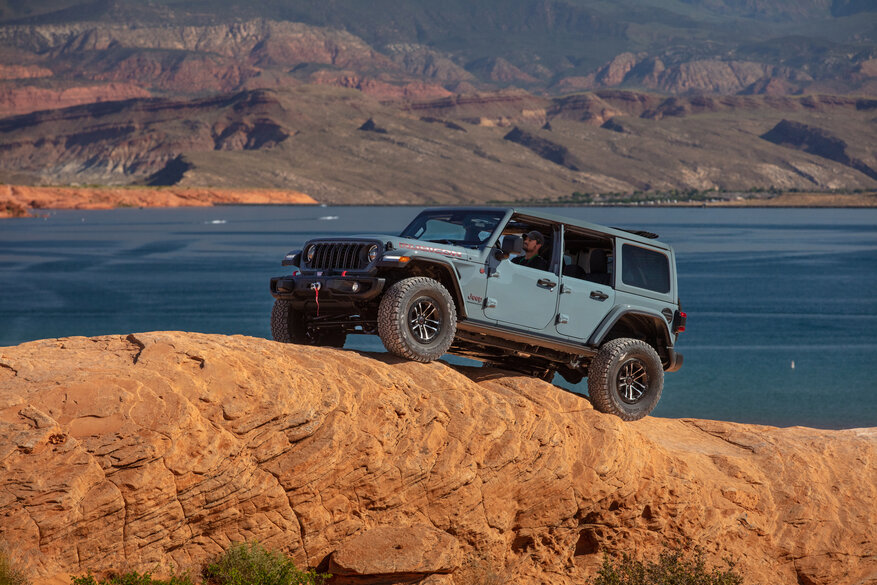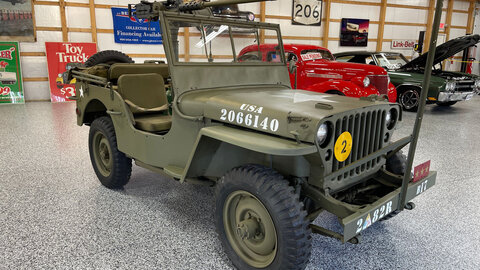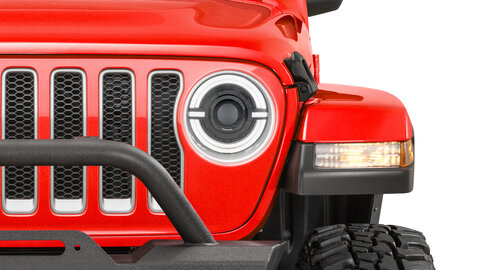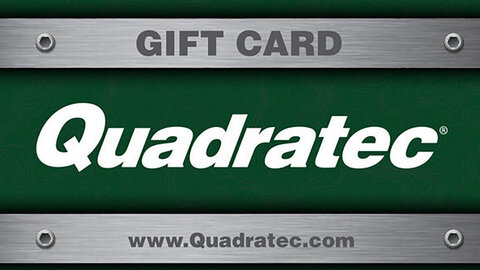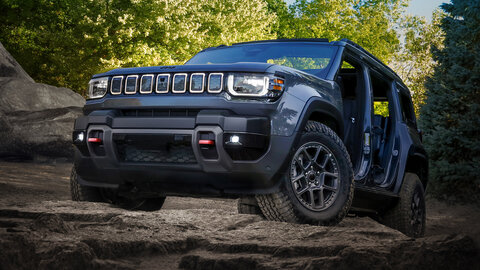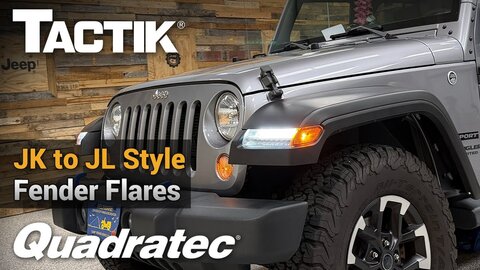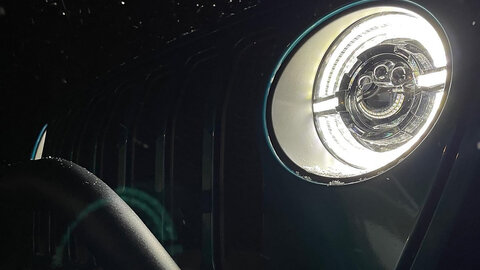by Matt Konkle
Managing Editor
For just about every Jeep Wrangler owner, the vehicle serves as something way more than just a device that goes from point A to B. It is more of a lifestyle statement, as well as a symbol of freedom and adventure.
And with more and more people each year making the jump into a more off-road/overlanding way of life — heading out into the wilderness for a day, weekend, or longer, of camping time — there are definitely some key things every owner should understand.
So no matter if you’ve had the vehicle for a day, months, or years, here are the top five things every Jeep Wrangler owner needs to know to make the most of their Jeep experience:
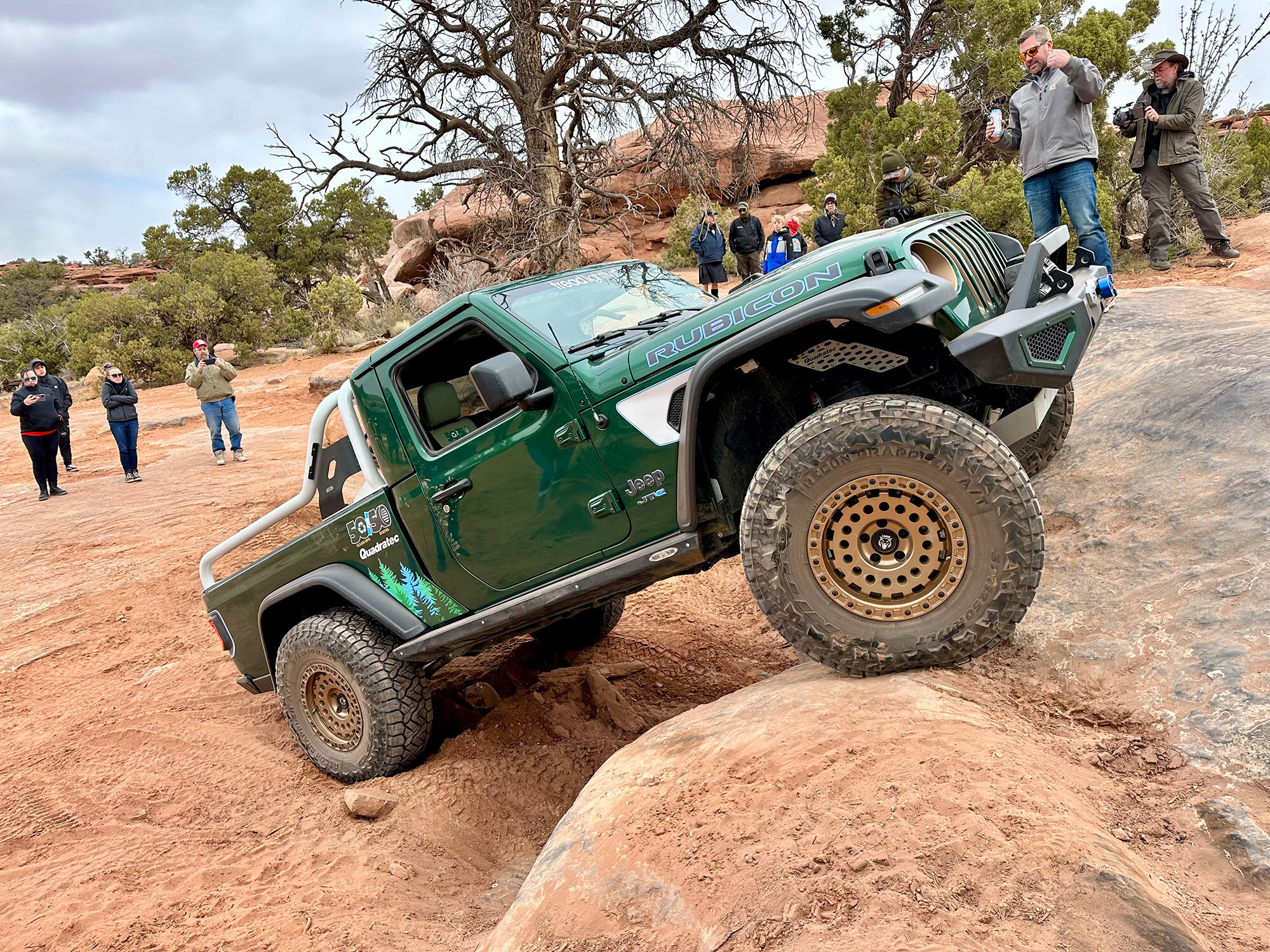
Understand the Basics of Off-Roading
You don’t need a master’s off-road degree or some kind of expert wilderness driving certificate when you own a Jeep, but understanding some basic information will build confidence in different driving conditions, increase the connection with your vehicle and is one of the top things you should know as an owner.
A key item behind this idea is understanding tire pressure and how to adjust it depending on the terrain. Even if you never plan to head offroad, you should know your Jeep’s tires will lose air pressure over time and weather conditions, so it needs to be monitored and corrected from time to time.
The JK and JL Wrangler models do have built-in tire pressure monitoring sensors in each valve stem, so you can easily check that pressure right from the dash, but many owners also invest in a quality monitoring device so they can physically check that pressure right at the tire as well.
Additionally, carrying along an air compressor, onboard air system, or Powertank, can be far more reliable, faster and safer inflating tires than using an air tank at the local gas station. This is especially true if your plans include a day (or longer) of off-roading.
We do cover several important air down basics here
Following tire pressure, another excellent basic topic to understand is the vehicle’s four-wheel drive system — specifically how to engage 4-high and 4-low, as it will make traversing different types of terrain much easier.
Typically, you’ll want to use 4-high when encountering loose or slippery surfaces at higher speeds, and then switch to 4-low during more challenging terrain at lower speed. Here is more information on the 4wd system.
Finally, for those entering the off-road/overlanding game with family, friends, or a local Jeep group, you’ll want to spend some time learning about the different angles you’ll need to overcome off-road obstacles. And the ones to know are approach, breakover and departure.
For a more in-depth education and why these are important, we cover these angles here. But essentially the approach angle is the spacing area in front of the vehicle from tire bottom to the lowest hanging part. A breakover angle is the space between front and rear tires angling from the bottom of the tires up to the frame, and departure angle is a measurement from the bottom of the rear tires to the lowest object in the back.
Positioning your vehicle correctly when approaching, crossing, and leaving an obstacle will ensure you have enough room to clear the thing and avoid damage to your Jeep.
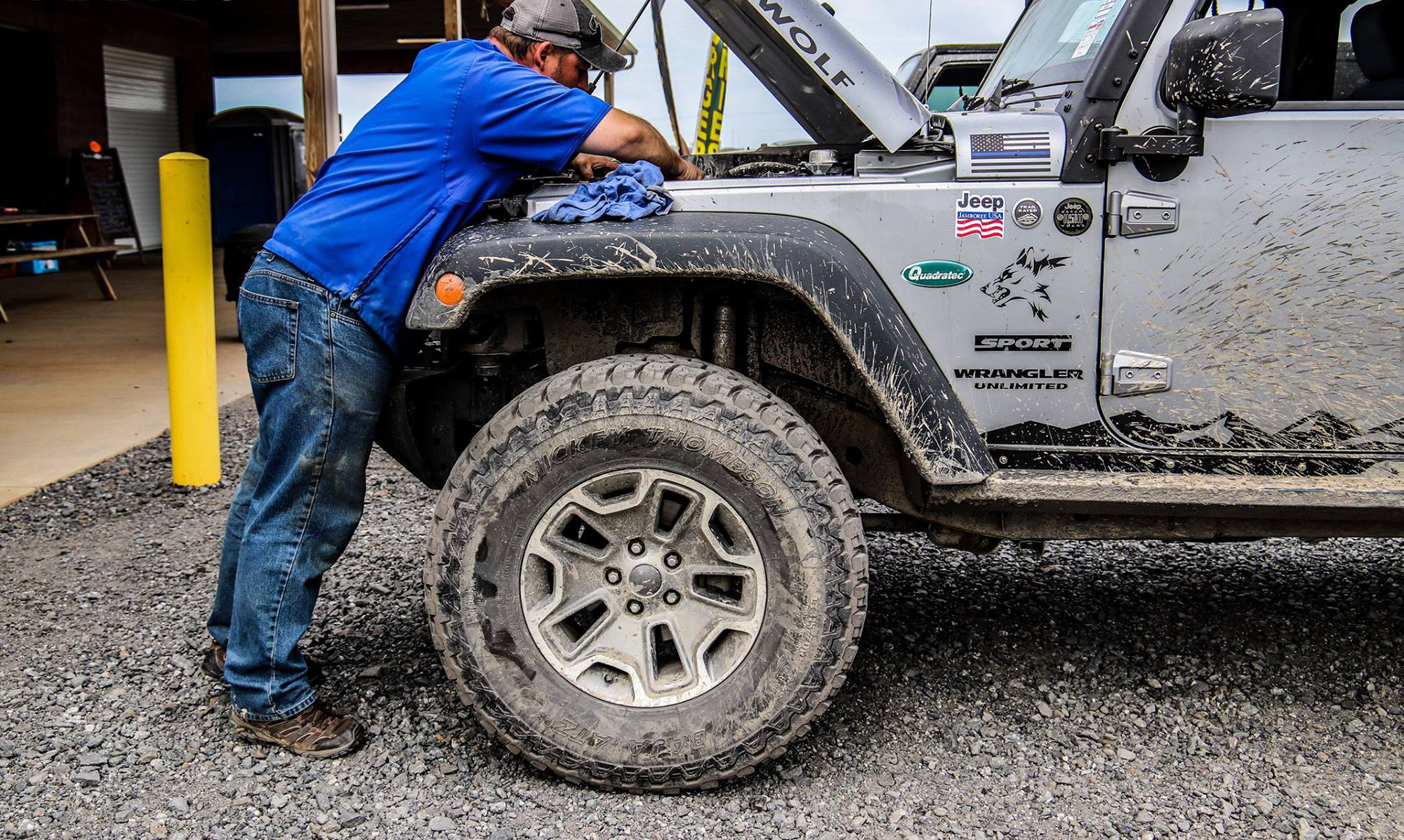
Maintenance is Crucial
Your Jeep is not going to maintain or clean itself, or even replenish any of its fluids. While that may seem obvious, there are plenty of people out there who push off important maintenance tasks for way too long — eventually reaping the ‘benefits’ of those actions (usually) when they need the Jeep the most.
So understanding the hows and whys of proper Jeep care is certainly a top thing any Jeep owner should know.
This means stuff like making regular inspections of the vehicle, especially tire pressure and steering/suspension components. Improper tire pressure (high or low) can lead to premature tire wear and also decrease fuel mileage, while steering/suspension issues like loose or worn tie rods, ball joints and steering linkage may cause
If you’ve gone on a trail adventure, or daily drive the Jeep during winter months, make sure to wash it in a timely fashion so mud, salt and other debris don’t hitch a ride and cause rusting (or worse) over time.
Pay attention to smaller things as well, like wiper blade wear, rattling soft top hardware, worn seals, as well as plastic quarter and rear window scratches.
Additionally, stay on top of the Jeep’s fluids and stick to a regular oil change schedule, as well as inspections of brake, coolant and transmission fluids. Top off as needed. Change filters like oil, air and cabin, at the prescribed intervals, or earlier depending on how frequently you drive the Jeep.
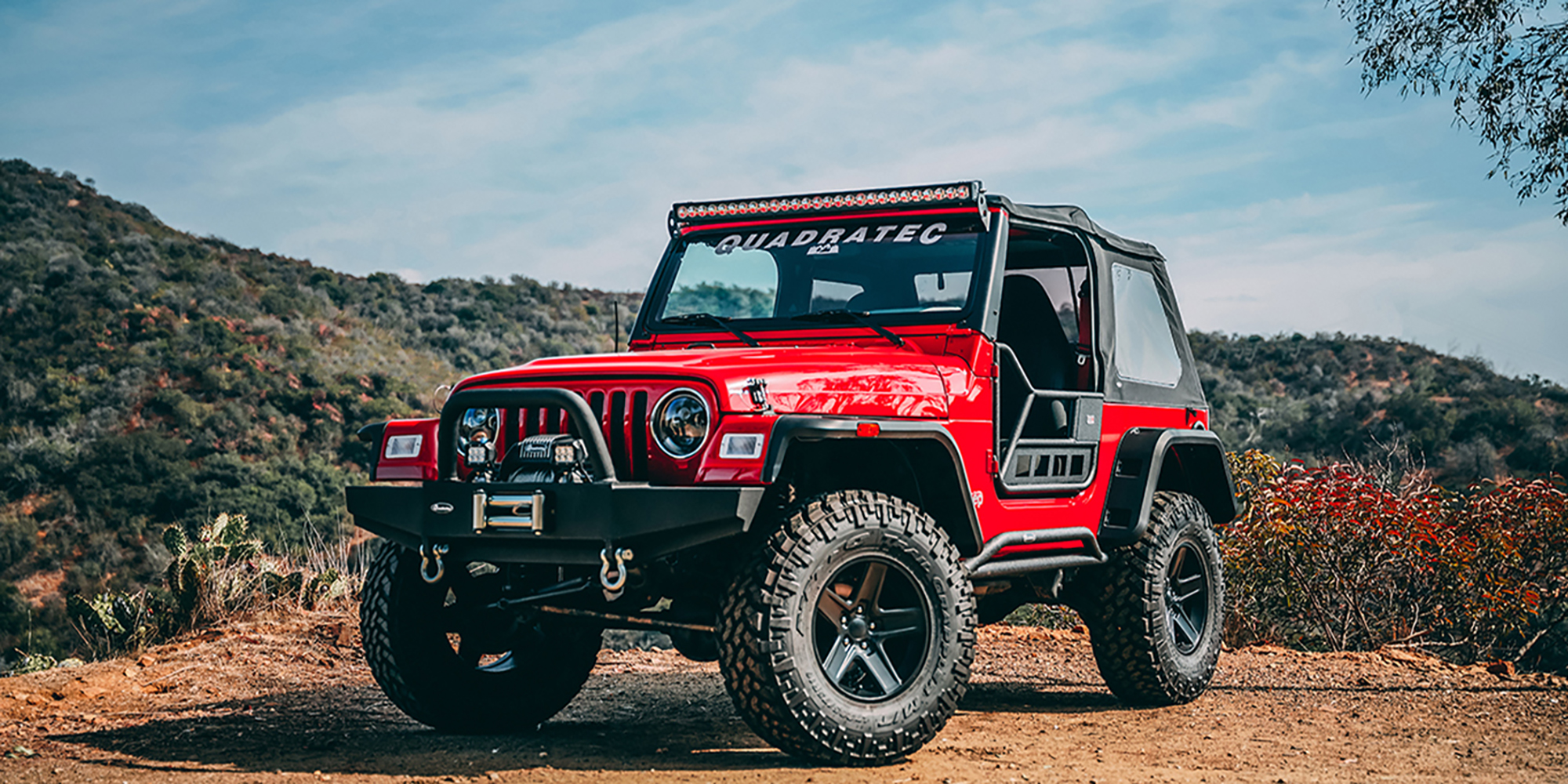
Personalization and Upgrades
There is a reason why one Jeep Wrangler can look so different from another even though the body style is essentially the same.
Personalization.
And understanding just how to upgrade/personalize the vehicle to fit your needs is certainly something every Jeep owner should know.
Not only will it make things easier, but more cost-efficient and safer as well.
First off, there is no right or wrong path to take when upgrading. For some, it could just mean some colorful interior additions like seat covers, or flashy bezels. Or it may go all the way to high-clearance suspension systems, winch, protective bumpers, larger wheels and aggressive off-road tires.
However, there are some important upgrades that do make sense for almost everyone: LED headlights, seat covers, bumpers and floor liners.
We cover all four upgrades here, but essentially brighter LED headlights make it safer to drive, reduce eye strain and are much longer-lasting than halogen. Protective seat covers absorb on- and off-road debris, while also preventing sun damage to seats when the top is off. Solid aftermarket bumpers do a much better job of shielding your Jeep from damage than the factory plastic version, while also providing winch, fog light and auxiliary lighting mount locations. Floor liners are perfect for absorbing on- and off-road debris/moisture which helps extend carpeting lifespan.
There are plenty of other modifications/upgrades that could make sense and, again, understanding your needs should really determine which products are important.
For example, those who have developed a love for the outdoors and are looking to take their vehicle off-road for camping, overlanding and/or trail riding are best served by devoting their budget to products geared towards enhancing those experiences. Things like a suspension lift for better ground clearance, more aggressive tires for increased performance and stuff like a winch, traction boards, and an inclusive recovery kit for peace of mind/safety.
Primarily daily drivers could look at upgrades in engine performance with a new intake or programmer, side steps for easier vehicle access, better sound with an aftermarket audio system, free-flowing exhaust, stronger brakes, or bimini top solutions for those warmer summer months.
Of course, that is only a handful of potential upgrades you can make to your Jeep Wrangler to, er, make it your own. And as you do, remember that looks are nice, but performance is way more impactful.

Tread Lightly!
Chances are, as a Jeep Wrangler owner, you’ve at least thought about packing up the vehicle and spending a few days (or a weekend) either camping, overlanding — perhaps doing some trail riding in the process.
And, judging by the huge jump in popularity of all three things over the past few years, you are definitely not alone.
Since 2021, survey after survey has indicated Jeep owners are headed out into the wilderness at almost double the pace of previous years.
Unfortunately, with all that additional traffic comes other issues as well — namely quite a bit of discarded trash and other debris that are just left strewn around the landscape.
It is one of the reasons why we’ve dedicated a whole 50-for-50 Trail Stewardship Program that is currently working to improve 50 trails in 50 states. And why the idea of treading lightly should be a top thing every Jeep owner needs to know.
Simply put, to tread lightly means to always leave your surrounding area cleaner than you found the place — leaving no trace of your visit. A minimal footprint when camping, overlanding or off-roading ensures others will be able to enjoy the same thing.
Beyond that lies Tread Lightly!’s five Tread Principles: Travel Responsibly; Respect the Rights of Others; Educate Yourself; Avoid Sensitive Areas; Do Your Part.
Traveling responsibly when on the road or trail is the best way to avoid accidentally damaging the environment. Make sure to go over, and not around, trail obstacles unless there is a designated workaround. Cross streams only at designated fords and, if possible, try to avoid wet, muddy trails.
By respecting the rights of others, such as private property owners, fellow trail users, campers and overlanders, you represent yourself, and the Jeep community in a positive light. Leave gates how you find them on the trail. Yield the right of way to those passing you or going uphill. Don’t trespass on land that isn’t part of the established trail.
Make sure to educate yourself on the area you are planning to travel for your adventure. Obtain maps and regulations from public agencies, take recreational skill classes and know, like we said before, how to safely operate your Jeep.
Definitely avoid sensitive areas like meadows, wetlands, streams and other ecologically-restricted land, and always ride with caution when there is water present. Even if there are no restriction signs in place, as wet soil is more susceptible to damage. Basically, remaining on the trail is always the best piece of advice.
Finally, doing your part when camping, overlanding or trail riding means disposing of any trash you generate, as well as picking up any you see. If there are no receptacles, then pack out what you bring into a location. Minimize the use of fire, and repair degraded areas of the trail when you encounter while riding. These actions can set a positive example for others in your group or campsite.
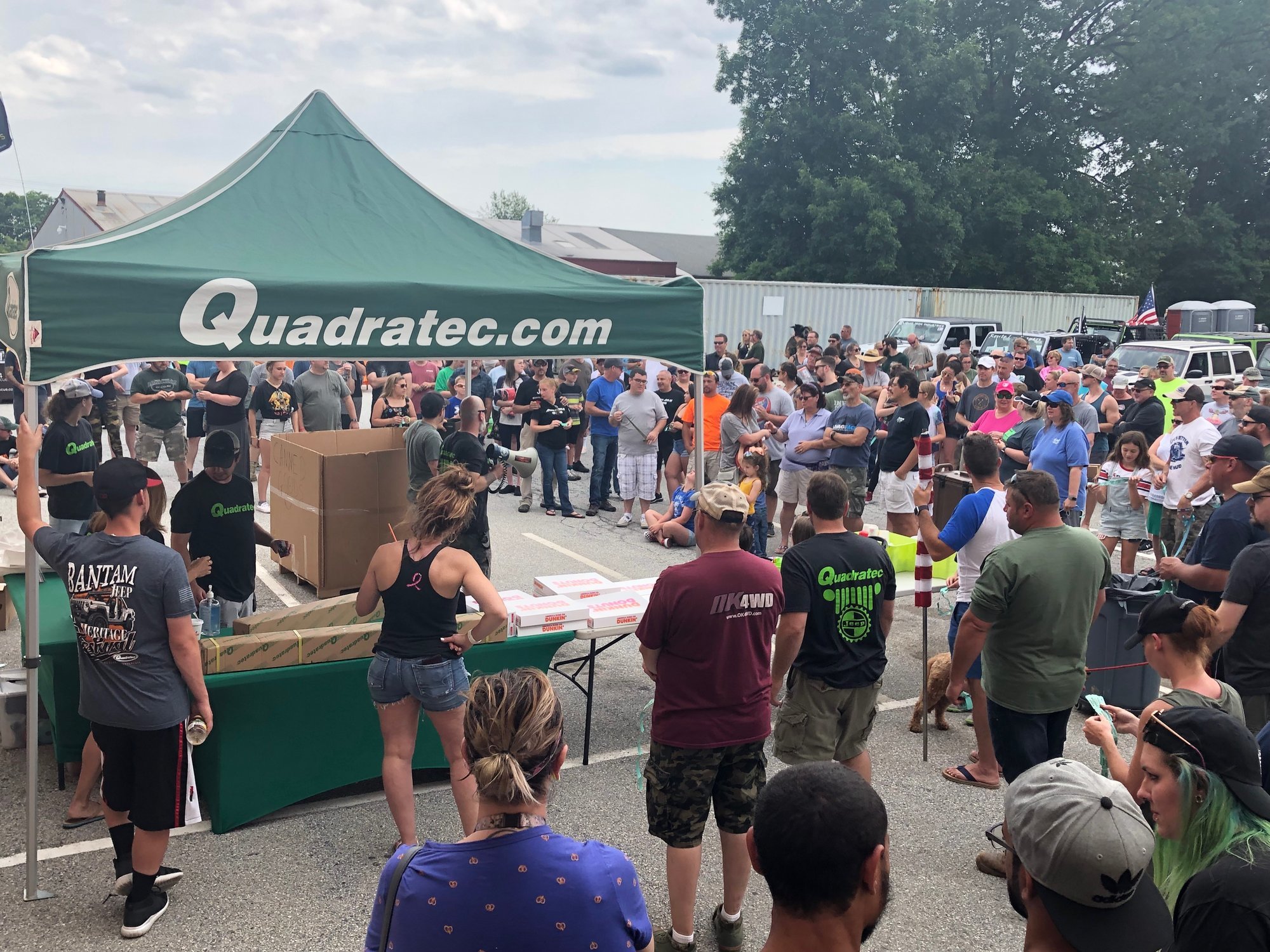
Discover the Jeep Community
When you own a Jeep, you own more than just a vehicle. You also own part of a long-standing community that plays a role in organizing trail rides, charity events, parades, blood and toy drives, off-road classes, food collection, and plenty more around the country each year.
You can play a part in helping medical and other necessary personnel reach their destination during inclement weather. You can participate in convoys that recognize first responders and law enforcement, as well as those who are under the weather and need a pick-me-up.
You’ll also get waves (usually) when you pass another Jeep on the road or trail.
Yup, all these things and more are something every Jeep owner needs to know.
And getting involved is as simple as finding a Jeep club with people you enjoy being around. Or firing up social media and discovering Jeep groups. Or even forum sites specifically tailored to your vehicle or Jeep owners in your area.
The best part? No experience is required. Nor are you limited to only one group.
Related Articles:
Best Jeep Interior Products For Topless Driving













